Bath Salts (Synthetic Cathinones): Abuse, Addiction & Dangerous Side Effects
Written by Jonathan Strum
& Medically Reviewed by Dr. Deep Shukla, PhD, MS
Medically Reviewed
Up to Date
Updated 07/15/2020
Bath salts, or synthetic cathinones, are a drug that produces pleasurable and energetic sensations at low doses. However, higher doses of bath salts can result in increased aggression, agitation and psychosis.
Designer drugs are compounds that are similar to illicit drugs and mimic their effects. These drugs are also called psychoactive substances (NPS). They are often chemically modified and reintroduced in the market to avoid regulation by enforcement agencies.
Synthetic cathinones, or “bath salts,” are designer drugs that are misused for their psychostimulant effects. Synthetic cathinones include about 30 different compounds, including mephedrone, methylone and MDPV (3,4-methylenedioxypyrovalerone).
Bath salts look like a white or brown crystalline powder. The drug is known as bath salts because they are often labeled as Epsom salts to evade the authorities. They may also be labeled and sold as fertilizers, phone screen cleaner or jewelry cleaner. These substances usually carry the phrase “Not fit for human consumption” to avoid legal issues.
Where Do Bath Salts Originate?
Cathinone is a naturally occurring compound found in the leaves of the khat plant (Catha edulis). The khat plant is native to northeast Africa and the Arabian peninsula, where the leaves are consumed for their mild stimulant properties. Natural cathinone is chemically similar to amphetamine but is less potent. Bath salts are laboratory-synthesized compounds that are mainly derived from cathinone.
What Are Bath Salts Made Of?
Bath salts are compounds belonging to the phenylethylamine family, which also includes methamphetamine and MDMA (ecstasy). Like methamphetamine, bath salts can be synthesized using cough and cold medicine that contains norephedrine or ephedrine.
Are Bath Salts Illegal?
The Synthetic Drug Abuse Prevention Act of 2012 permanently banned three synthetic cathinones, including mephedrone, methylone and MDPV. There are also state laws that have banned many of the chemicals that are used for the synthesis of bath salts.
There are limitations to these laws, however, since drug manufacturers tend to invent new designer drugs as soon as others are banned. In addition, these compounds are synthesized by “street chemists,” making it impossible to determine which chemicals were used during synthesis.
What Does It Look Like?
Synthetic cathinones generally exist in the form of white, off-white or brown powder. These drugs may also exist in the form of small white crystals. Bath salts in the powder or crystal form are generally sold in small plastic or foil packages. These drugs can also be found in the form of capsules or tablets.
Alternative Names for Bath Salt
Some of the common names for bath salts include:
- Bliss
- Ivory wave
- White lightning
- Vanilla sky
- Blue silk
- Cloud nine
- Energy-1
How Do Bath Salts Work?
Bath salts produce their stimulating effects by increasing the concentration of neurotransmitters in the brain, including dopamine, norepinephrine and serotonin. The drug does this by increasing the amount or inhibiting the reuptake or reabsorption of these transmitters. Increased neurotransmitter levels are believed to be responsible for many of the drug’s psychological effects.
How Do People Use Bath Salt?
Bath salts are chemically similar to amphetamines and MDMA (ecstasy). The drug is usually used as a cheaper and more readily available substitute for these stimulants or cocaine.
Bath salts are generally snorted or ingested. Other modes of administration include intramuscular or intravenous injection, rubbing the powder on the gums, inhalation and rectal administration.
Effects of Bath Salts
Bath salts are used because of their ability to produce a euphoric high. Bath salts tend to be very potent, and their effects are similar to those produced by high doses of amphetamines and cocaine. Bath salts are generally taken intranasally. Effects are seen after 10 to 20 minutes of the drug being used, reaching their peak in 45 to 90 minutes. Desirable effects of the drug include:
- Euphoria
- Increased energy
- Concentration
- Alertness
- Decreased appetite
- Increased sociability, talkativeness and empathy
- Increased libido
Along with the above effects, someone who uses bath salts may feel adverse effects, including:
- Increased agitation
- Nausea and vomiting
- Hyperthermia
- Increased heart rate and blood pressure
- Blurred vision and dilated pupils
Frequently using the drug or using large amounts of it leads to toxic effects, due to the excessive activation of the nervous system. These effects include:
- Aggression and agitation
- Excited delirium involving violent and unpredictable behavior with the risk of harm to the user and others
- Psychosis involving hallucinations, paranoia and delusions
- Panic attacks
- Seizures
- Damage of skeletal muscle tissue
- Hyperthermia
- Organ failure, including kidney and liver failure
- Cardiovascular symptoms involving high blood pressure, elevated heart rate, arrhythmias and myocarditis
Deaths have occurred due to the use of bath salts, mephedrone and MDPV. Although there are no studies on humans, a study conducted on rats shows that bath salts have effects on the brain that are similar to amphetamines. These effects negatively impact the functioning of serotonin neurons.
Are Bath Salts Addictive?
Both human and animal studies suggest that bath salts possess a significant potential for addiction. Rodents find access to the drug and tend to self-administer bath salts over saline. In humans, people who use bath salts develop a tolerance for these drugs and need to take a larger quantity to experience the same effects.
Dependence on bath salts can cause intense craving and withdrawal symptoms after usage ends. Adverse withdrawal symptoms include tiredness, insomnia, depression, anxiety, decreased concentration and nasal congestion.
A United Kingdom survey of 100 people who used mephedrone showed that approximately 30% of participants fulfilled criteria for drug dependence. The criteria included the development of drug tolerance and continued use despite having problems and a desire to stop. A separate survey in Scotland showed that 17.5% of individuals below the age of 21 reported symptoms of addiction.
If you or a loved one is suffering from a substance use disorder, The Recovery Village Palm Beach at Baptist Health can help. Contact us today to learn more about treatment plans that can work well for your situation.
View Sources
National Institute of Drug Abuse. “Bath Salts.” February 2018. Accessed July 26, 2019.
German, Christopher L.; Fleckenstein, Annette E.; Hanson, Glen R. “Bath salts and synthetic cathinones: an emerging designer drug phenomenon.” Life sciences, February 2014. Accessed July 26, 2019.
Winstock, Adam; Mitcheson, Luke; Ramsey, John; Davies, Susannah; Puchnarewicz, Malgorzata; Marsden, Marsden. “Mephedrone: use, subjective effects and health risks.” Addiction, November 2011. Accessed July 26, 2019.
Prosser, Jane M.; Nelson, Lewis S. “The toxicology of bath salts: a review of synthetic cathinones.” Journal of medical toxicology, March 2012. Accessed July 26, 2019.
Authorship



